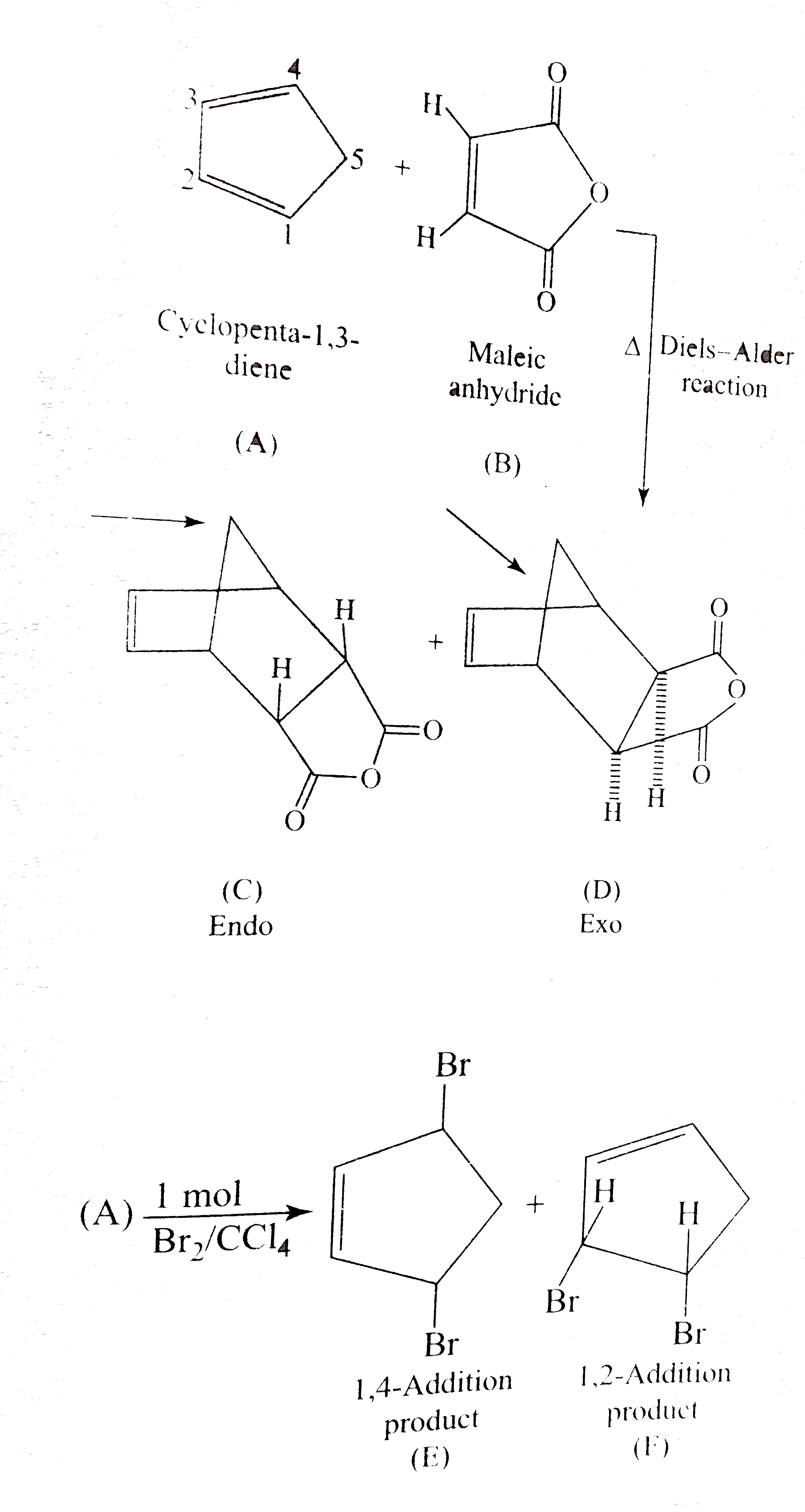Which statement (s) is (are) wrong for bond angle ?
NH3>NF3
NF3>NCI3
NO⊕2>NO2
NOΘ3>NOΘ2
The correct Answer is:A, C, D
To determine which statements regarding bond angles are incorrect, we need to analyze each statement one by one based on the molecular geometry and the influence of electronegativity on bond angles.
1. Analyze Statement A: NH3 vs NF3
- NH3 (Ammonia) has a trigonal pyramidal shape due to one lone pair on nitrogen. The bond angle is approximately 107.5°.
- NF3 (Nitrogen Trifluoride) also has a trigonal pyramidal shape, but the bond angle is reduced due to the high electronegativity of fluorine, which pulls the bonding electrons closer to itself, causing greater repulsion between the bond pairs.
- Conclusion: The bond angle in NH3 is greater than in NF3. Therefore, this statement is correct.
Hint: Compare the electronegativity of the atoms involved and how it affects the bond angles.
2. Analyze Statement B: NF3 vs NCl3
- Both NF3 and NCl3 have a trigonal pyramidal shape. However, fluorine is more electronegative than chlorine.
- The higher electronegativity of fluorine in NF3 causes a greater reduction in bond angle compared to NCl3.
- Conclusion: The bond angle in NF3 is less than in NCl3. Therefore, this statement is incorrect.
Hint: Consider how electronegativity differences affect bond angles in similar molecular geometries.
3. Analyze Statement C: NO2+ vs NO2
- NO2+ (Nitronium ion) has a linear structure, leading to a bond angle of 180°.
- NO2 (Nitrogen Dioxide) has a bent shape due to the presence of a lone electron, resulting in a bond angle less than 180°.
- Conclusion: This statement is correct as NO2+ has a larger bond angle than NO2.
Hint: Identify the molecular geometry of each species to determine the bond angles.
4. Analyze Statement D: NO3- vs NO2-
- NO3- (Nitrate ion) has a trigonal planar structure with bond angles of 120°.
- NO2- (Nitrite ion) has a bent shape with bond angles less than 120° due to the presence of lone pairs.
- Conclusion: This statement is correct as NO3- has a larger bond angle than NO2-.
Hint: Use VSEPR theory to predict the molecular shapes and bond angles.
Final Conclusion:
The only incorrect statement regarding bond angles is Statement B: "NF3 is greater than NCl3".
- NH3 (Ammonia) has a trigonal pyramidal shape due to one lone pair on nitrogen. The bond angle is approximately 107.5°.
- NF3 (Nitrogen Trifluoride) also has a trigonal pyramidal shape, but the bond angle is reduced due to the high electronegativity of fluorine, which pulls the bonding electrons closer to itself, causing greater repulsion between the bond pairs.
- Conclusion: The bond angle in NH3 is greater than in NF3. Therefore, this statement is correct.
- Both NF3 and NCl3 have a trigonal pyramidal shape. However, fluorine is more electronegative than chlorine.
- The higher electronegativity of fluorine in NF3 causes a greater reduction in bond angle compared to NCl3.
- Conclusion: The bond angle in NF3 is less than in NCl3. Therefore, this statement is incorrect.
- NO2+ (Nitronium ion) has a linear structure, leading to a bond angle of 180°.
- NO2 (Nitrogen Dioxide) has a bent shape due to the presence of a lone electron, resulting in a bond angle less than 180°.
- Conclusion: This statement is correct as NO2+ has a larger bond angle than NO2.
- NO3- (Nitrate ion) has a trigonal planar structure with bond angles of 120°.
- NO2- (Nitrite ion) has a bent shape with bond angles less than 120° due to the presence of lone pairs.
- Conclusion: This statement is correct as NO3- has a larger bond angle than NO2-.
The only incorrect statement regarding bond angles is Statement B: "NF3 is greater than NCl3".
Topper's Solved these Questions
- CHEMICAL BONDING AND MOLECULAR STRUCTUREBOOK - CENGAGE CHEMISTRY ENGLISHCHAPTER - CHEMICAL BONDING AND MOLECULAR STRUCTUREEXERCISE - Exercises Multiple Correct(Molecular Orbitaltheory (Mot))
10 Videos
- CHEMICAL BONDING AND MOLECULAR STRUCTUREBOOK - CENGAGE CHEMISTRY ENGLISHCHAPTER - CHEMICAL BONDING AND MOLECULAR STRUCTUREEXERCISE - Exercises Multiple Correct (Miscellaneous)
10 Videos
- CHEMICAL BONDING AND MOLECULAR STRUCTUREBOOK - CENGAGE CHEMISTRY ENGLISHCHAPTER - CHEMICAL BONDING AND MOLECULAR STRUCTUREEXERCISE - Exercises Multiple Correct(Hydrogen Bonding)
3 Videos
- ATOMIC STRUCTUREBOOK - CENGAGE CHEMISTRY ENGLISHCHAPTER - ATOMIC STRUCTUREEXERCISE - Concept Applicationexercise(4.3)
19 Videos
- CHEMICAL EQUILIBRIUMBOOK - CENGAGE CHEMISTRY ENGLISHCHAPTER - CHEMICAL EQUILIBRIUMEXERCISE - Subjective type
1 Videos
Similar Questions
Which statement is wrong:
View SolutionWhich statement is wrong?
View SolutionWhich statement is wrong?
View SolutionWhich statement is wrong ?
View SolutionWhich statement is wrong ?
View SolutionWhich statement is wrong ?
View SolutionWhich statement is wrong ?
View SolutionWhich statement is wrong:-
View SolutionWhich statement is wrong ?
View Solution
Which statement is wrong ?
View Solution
